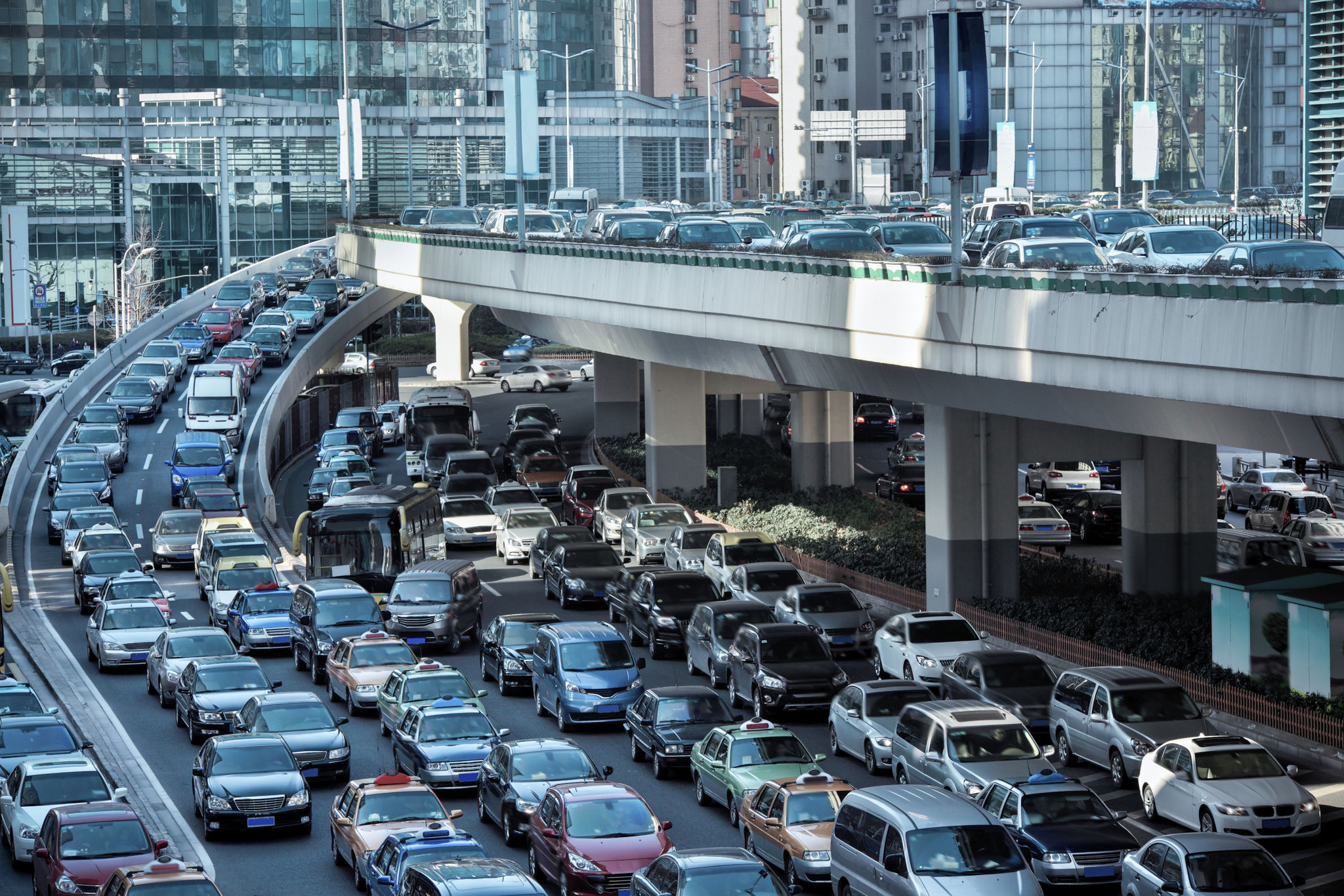Optimizing Your Urban Delivery Fleet for Maximum Efficiency
Understanding the Challenges of Urban Delivery
Urban delivery fleets face unique challenges that differ significantly from rural or suburban delivery routes. Traffic congestion, limited parking, and regulatory restrictions can all impact the efficiency of your delivery operations. Understanding these challenges is the first step in optimizing your fleet for maximum efficiency.
Traffic congestion can lead to longer delivery times and increased fuel consumption, while limited parking options can slow down deliveries and frustrate drivers. Additionally, urban areas often have specific regulations that delivery vehicles must adhere to, such as emissions standards and restricted delivery times.

Implementing Route Optimization
One effective way to improve efficiency is through route optimization. By analyzing traffic patterns and delivery destinations, you can create routes that minimize travel time and fuel consumption. This not only helps reduce costs but also enhances customer satisfaction by ensuring timely deliveries.
Route optimization software can be a valuable tool in this process. These programs use algorithms to calculate the most efficient routes based on real-time traffic data and delivery priorities. By integrating this technology into your fleet operations, you can significantly enhance overall performance.
Utilizing Technology for Real-Time Tracking
Incorporating real-time tracking technology into your delivery fleet can provide numerous benefits. GPS tracking allows you to monitor the location of each vehicle, helping you ensure that drivers are adhering to planned routes and schedules. This can also assist in quickly resolving any issues that arise, such as unexpected traffic delays or vehicle breakdowns.

Furthermore, real-time tracking can offer transparency to customers, providing them with accurate delivery times and updates on their orders. This level of service can improve customer satisfaction and loyalty, which is crucial in the competitive urban delivery market.
Transitioning to Eco-Friendly Vehicles
As cities become more focused on sustainability, transitioning to eco-friendly vehicles can be a strategic move for urban delivery fleets. Electric and hybrid vehicles produce fewer emissions, helping your business comply with environmental regulations and reduce its carbon footprint.
While the initial investment may be higher, eco-friendly vehicles often result in lower operational costs over time due to reduced fuel consumption and maintenance expenses. Additionally, some cities offer incentives for businesses that adopt green technologies, further offsetting costs.

Training and Supporting Your Drivers
Your drivers play a crucial role in the efficiency of your delivery fleet. Providing comprehensive training and support can enhance their performance and ensure they are well-equipped to handle the challenges of urban delivery.
Training should cover efficient driving techniques, customer service skills, and familiarity with any technology used within the fleet. Regular feedback and incentives for good performance can also motivate drivers to maintain high standards.
Monitoring and Analyzing Performance
Continuous monitoring and analysis of your fleet's performance are essential for ongoing optimization. By collecting data on delivery times, fuel usage, and other key metrics, you can identify areas for improvement and implement changes as needed.
Using data analytics tools can provide valuable insights into your fleet's operations. These tools can help you track trends, forecast future needs, and make informed decisions that enhance efficiency and profitability.